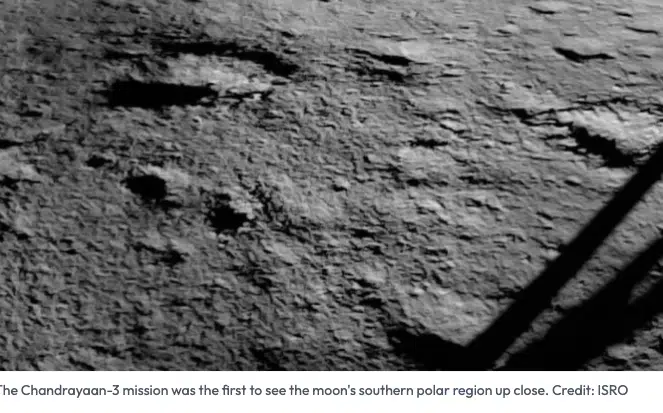Houston-based spaceflight company Intuitive Machines has announced a delay in its upcoming lunar lander mission, known as IM-1, originally scheduled for a January launch. The company cited changes in SpaceX’s launch schedule as the reason for the delay. Specifically, technical issues with the rocket that was supposed to launch the US Military’s X-37B space plane have led to rescheduling, pushing back the availability of the launchpad.
SpaceX operates both Falcon 9 and Falcon Heavy rockets from the historic Launch Complex 39A at Kennedy Space Center. However, different hardware is required for each type of rocket, and it takes about three weeks to complete the necessary swap. Even with the shortest gap between Falcon 9 and Falcon Heavy launches this year being over two weeks, there is insufficient time to prepare the launchpad for the IM-1 mission before its original launch window closes.
As a result, Intuitive Machines has not specified a new launch date but mentioned it is now aiming for around mid-February. The delay is considered unavoidable due to the constraints in the launch schedule caused by the aforementioned technical issues with SpaceX’s rocket.
The IM-1 mission involves Intuitive Machines’ Nova C lunar lander, which is set to travel to the Moon’s south polar region. This area has seen partial exploration by India’s Chandrayaan-3 mission, which successfully landed before Russia’s Luna-25 mission faced difficulties during its landing attempt. The Nova C lander will carry private commercial experiments and NASA payloads as part of the Commercial Lunar Payload Services (CLPS) program.
Despite the delays and challenges, February is expected to be a busy month for lunar exploration, with Astrobiotic also planning a lunar lander mission. The Peregrine lander is scheduled to launch in January aboard a United Launch Alliance Vulcan Centaur rocket and is set to touch down on the Moon on February 23. It will carry a variety of commercial and NASA payloads, contributing to the ongoing efforts to explore and understand Earth’s natural satellite.

